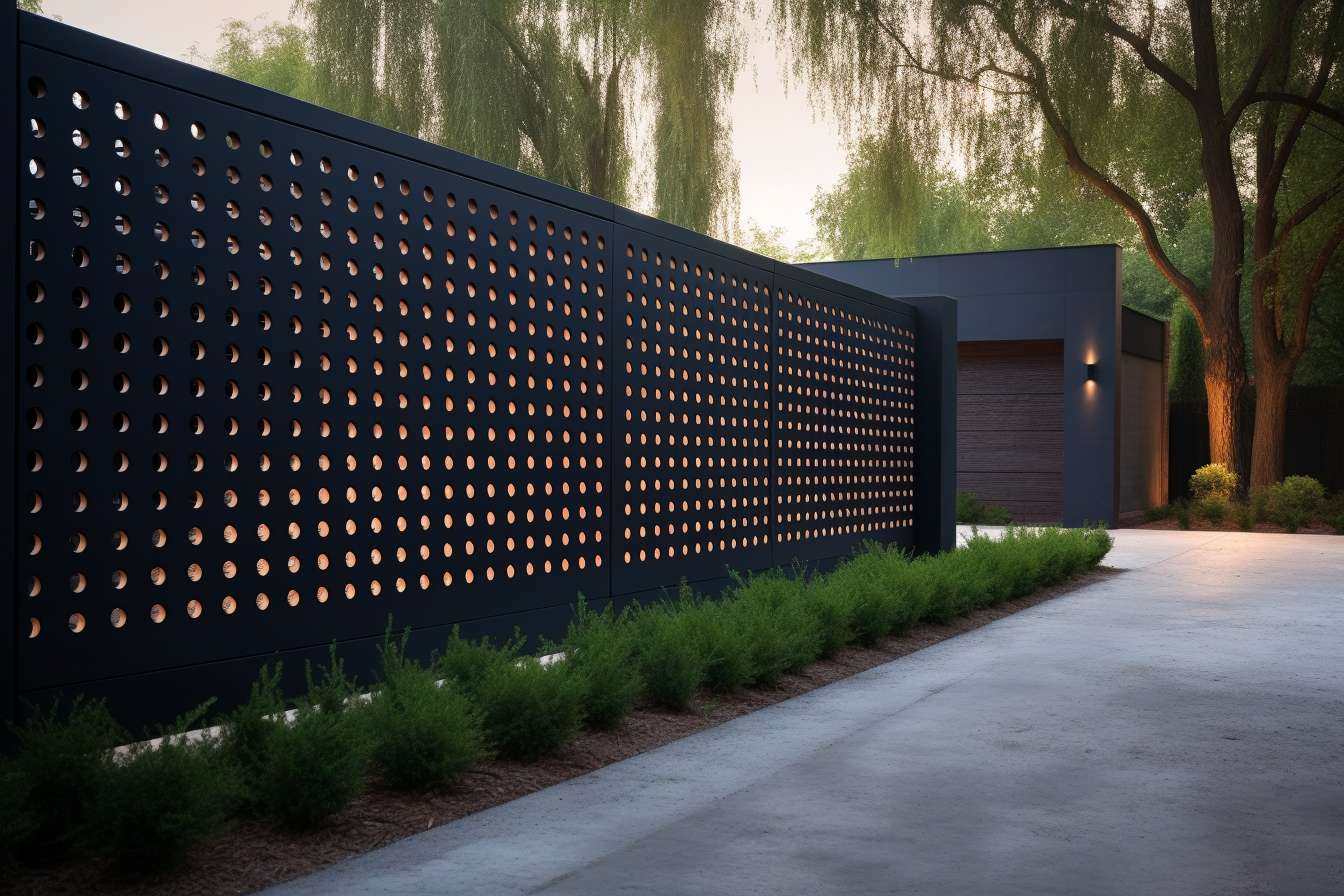Gates: Design, Technology, and Privacy Considerations
Gates serve practical and symbolic roles across residential, commercial, and public settings. Beyond basic functions—defining boundaries, providing security, or controlling access—gates contribute to a property’s identity and interact with broader design and technology trends. Contemporary gate choices reflect shifting priorities such as sustainability, ease of use, and visual integration with landscape and architecture. As automated systems become more common and design sensibilities evolve, owners and designers must weigh aesthetic and biophilic goals against functional needs like durability, safety, and privacy. This article examines current gate developments, how aesthetic decisions affect curb presence, ways to bring biophilic principles to gates, the growing role of automation, and how to maintain privacy when adding connected systems.

What are current gate trends?
Trend-led choices in gates emphasize simplicity, mixed materials, and sustainability. Many projects favor clean lines, slim profiles, and powder-coated metals combined with natural infill such as timber or stone veneers. Permeable designs that allow partial sightlines are in demand for neighborhood friendliness, while solid forms persist where privacy and security dominate. Eco-conscious materials and local fabrication are gaining traction, and integrated lighting and low-profile hardware reflect a move toward discreet but functional detailing. The emphasis is on durable finishes and low-maintenance systems that align with broader architectural trends.
How does gate aesthetic affect curb appeal?
A gate’s aesthetic sets expectations for the property and can significantly influence perceived value. Proportion, scale, and material choice should complement the main building and landscaping to create a cohesive composition. Fine details—spacing between slats, hardware finishes, and color palettes—help tie the gate into a wider aesthetic. For historic properties, sympathetic restoration or custom replication may be preferred, while contemporary homes often suit minimalist or sculptural treatments. Thoughtful integration of lighting and sightlines also enhances evening curb appeal and improves safety for users and visitors.
Can biophilic design be applied to gates?
Biophilic approaches can be applied successfully to gates by incorporating living elements and natural materials. Vertical planters, trellis systems for climbers, and integrated planting pockets soften hard edges and introduce seasonal change. Using sustainably sourced timber, weathering steel, or stone creates tactile connections to nature. Permeable gate patterns that admit filtered light and view corridors encourage a sense of openness while still signaling boundary. Careful plant selection, irrigation planning, and maintenance considerations are essential so that vegetation enhances rather than degrades gate performance or durability over time.
What role does automation play in gates?
Automation has shifted from luxury to commonplace, especially for vehicular entry and controlled pedestrian access. Motorization options range from swing and slide operators to subterranean drives and retrofit kits that convert existing gates. Modern automation often includes remote controls, mobile app access, timed schedules, and integration with home automation platforms. Safety features—edge sensors, obstacle detection, and manual release—are critical to comply with regulations and prevent accidents. Choosing an operator involves balancing expected daily cycles, environmental exposure, maintenance needs, and compatibility with gate weight and geometry.
How to balance gate automation and privacy?
Adding connected access systems raises questions about surveillance, data handling, and visual privacy. Cameras and intercoms improve access control but collect personal data; their placement should respect sightlines and local privacy laws while serving security needs. On-device storage and encrypted communication reduce exposure, and opting for systems that allow local-only control limits cloud-based data sharing. Physically, design choices like solid panels, set-backs, and landscaping can enhance privacy without isolating a site. Clear signage about recording and compliance with regulations helps align operational practices with legal and ethical expectations.
Conclusion
Gates remain a multidisciplinary design element where form, function, and technology intersect. Decisions about materials, aesthetics, biophilic integration, automation, and privacy should be considered together rather than in isolation to achieve a durable, coherent result. By aligning gate design with the broader architectural language and addressing user needs—security, access convenience, and privacy—designers and owners can create entries that perform reliably while contributing positively to the surrounding environment.






